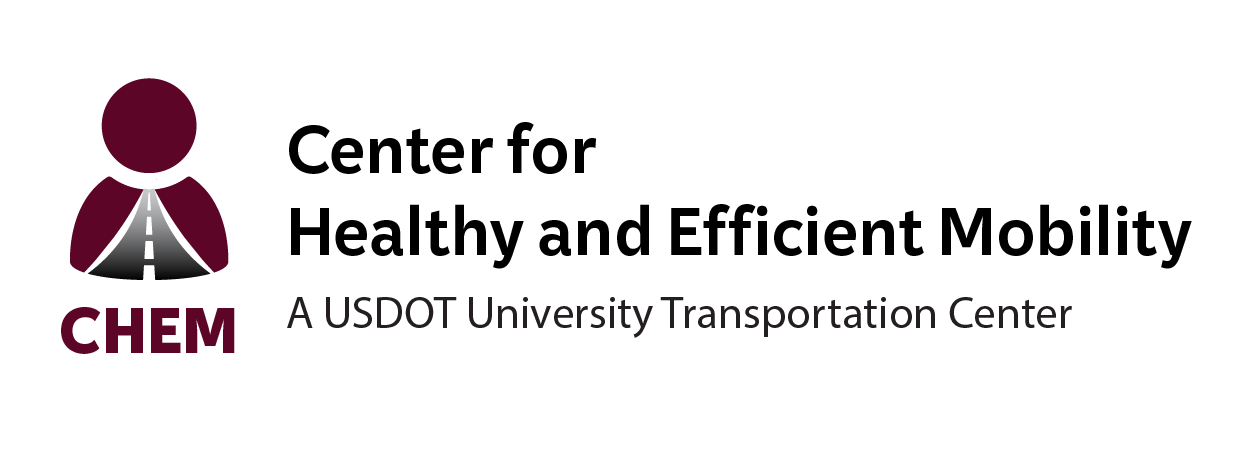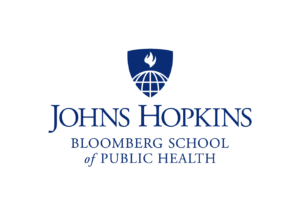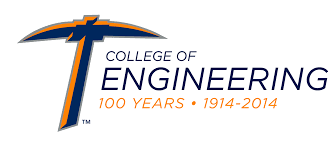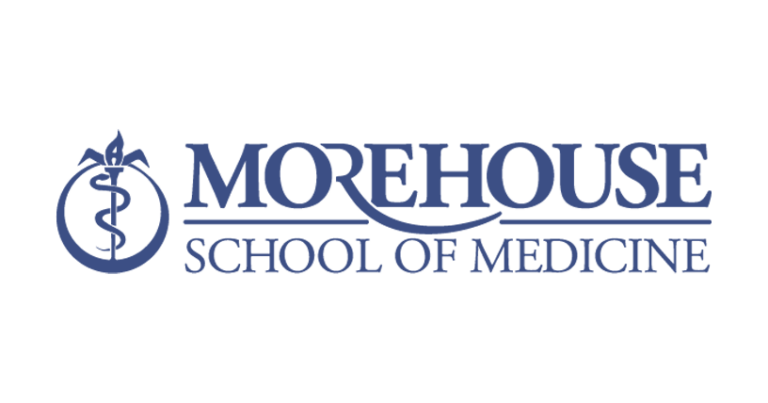Abstract
Active transportation has been acknowledged as a healthy, low-impact physical exercise that can reduce the risk of health problems associated with a sedentary lifestyle and can be enjoyed by people of different socioeconomic backgrounds. Since the COVID-19 pandemic hit, more Americans chose to bicycle and walk as a safer transportation mode to reduce exposure to the virus by maintaining social distancing. The El Paso MPO reports that cities like Guadalajara and Mexico City observed significant increases in active transportation users both during and after the lockdown period. Like other cities across the USA, El Paso implemented a contingency plan by converting the traffic lanes to dedicated bike lanes in order to meet the increasing demand. These policies may have significant impact on public health. Despite the many well-documented health benefits of active transportation (CARTEEH Brief on Transportation and Health: A Conceptual Model), sharing the roads with motorized traffic can expose the bicyclist and pedestrians to various traffic-related risks, including injury risks, and potential increases in exposure to noise, and air pollutants. A study by the National Highway Traffic Safety Administration shows that traffic fatalities involving non-motorized users increased in recent years. Traffic-related air pollutants may also negatively impact non-motorized users’ health, although the net impacts are highly context-specific. These risks are known to be context-specific and have been shown to depend on baseline concentrations of air pollutants and noise levels, which is partly determined by the study area and the trip routes. However, the synthesis of the literature suggests that overall, the health benefits of active transport through the pathway of increased physical activity strongly outweigh the detrimental effects of traffic incidents and air pollution exposure on health, while less is known about noise exposure with suggestions that it declines when road users switch to active transportation. In this project we will comprehensively evaluate the health impacts for active transport use in order to provide city and state transportation, planning, and public health agencies with data-driven tools and recommendations for implementing bicycle- and pedestrian-friendly infrastructure to meet this new demand and maintain a healthy and sustainable built environment. This project aims to answer the following three objectives.
- Estimate the COVID-19-induced active transportation demand
- Assess its potential health benefits and harms of active transport through four pathways (i.e., increasing activity, traffic crashes, air pollution, and noise) as well as other less-known benefits such as stress relief and mental health.
- Develop data-driven tools and recommendations for implementing a bicycle- and pedestrian-friendly infrastructure to meet and maintain this new demand
Research Investigators (PI*)
Bahar Dadashova*, Texas A&M Transportation Institute
Chanam Lee, Texas A&M University
Xiao Li, Texas A&M Transportation Institute
Haneen Khreis, Texas A&M Transportation Institute
Dr. Zhe Zhang, Texas A&M University
Galicia Cabrera, Texas A&M Transportation Institute
Rafael Aldrete, Texas A&M Transportation Institute
Project Information
Start Date: 01/08/2021
End Date: 08/31/2023
Status: Active
Grant Number: 69A3551747128
Source Organization: CARTEEH UTC
Project Number: TTI-05-47
RiP URL
UTC Project Information Form
CARTEEH Focus Area(s)
Sponsor
Office of the Assistant Secretary for Research and Technology
University Transportation Centers Program
Department of Transportation
Washington, DC 20590 United States
Performing Organization
Texas A&M Transportation Institute
1111 RELLIS Parkway
Bryan, Texas 77807




